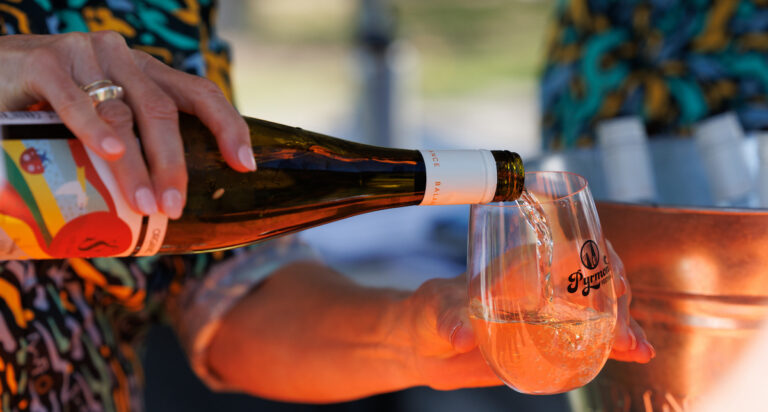
Powerhouse inquiry drags on

BY ELIOT BARHAM
A number of contradictions in the planning of a new, relocated powerhouse museum have been exposed in the fifth hearing of the Inquiry into Museums and Galleries.
Deputy Secretary of Arts and Culture, NSW Justice, Samantha Torres, said a commercial partnership was among the options being considered for the proposed Parramatta museum, but this suggestion put her at odds with previous testimony given by a MAAS representative.
President of the Board of MAAS Trustees, Professor Barney Glover, has previously said the new site should be free of commercial ventures and ‘should stand alone on the [new] site.’
Greens MP Jamie Parker said any talk of a commercial agreement for the museum is due to the extreme costs involved in relocating the venue.
“If there’s to be a museum which is even close to replicating the size and the scale of the existing Powerhouse, then it’s no surprise they’re scrambling for ideas and funds to keep this foolish proposal afloat,” he said.
Experts including the Powerhouse Museum’s founding director, Dr Lindsay Sharp, have suggested that moving the museum to Parramatta would cost in excess of $1 billion, while documents obtained by Fairfax under FOI laws suggest a total cost estimate of $450-500 million.
Co-founder of the Save the Powerhouse campaign, Patricia Johnston, said that any shortfall in the funding will have to be paid for.
“Who will pay for this? Where would the rest of the money come from? Would taxpayers fund it? How is this expense justified when it would be far cheaper to build a new museum in Parramatta?” she said.
Under the MAAS Trustees criteria, any new museum at Parramatta ‘will improve the MAAS exhibition and programs presently provided and not diminish the scale and scope of those presented currently at Ultimo.’ But the government’s preferred site – the old David Jones car park – is prone to flooding, and is more than 15,000m2 smaller.
“The surrounding land that is available at the Parramatta site – should the government purchase it – would just about make the size they need, but will obviously raise the cost even further,” said Ms Johnston.
But it was Ms Torres’ admission that the Ultimo site has the potential to remain a museum that provided a glimmer of hope for the activist.
“It’s interesting because that is the first time any government representative has even mentioned the possibility of retaining the powerhouse as a museum,” she said.
Mr Parker said talk of retaining the Ultimo site as museum is a ‘face-saving’ way of discussing a “proposal that doesn’t work financially, culturally, and meets objectives set out by its own government.”
Both Mr Parker and Ms Johnstone are in favour of a museum that would reflect Parramatta’s history as an immigration and multicultural centre.
Mr Parker said: “No one consulted the people of western Sydney when Infrastructure NSW proposed the sale of the Powerhouse museum.”
“It’s clear Parramatta has an incredible story to tell, and there’s no doubt the locals would much prefer a museum that reflects the spirit of western Sydney and their own history, rather than transplanting an inferior version of the current Powerhouse Museum,” he said.
A sixth and final hearing has now been scheduled for next February before the committee presents its recommendations to government later in 2017.









